Engineering and Technology
Explore Engineering and Technology
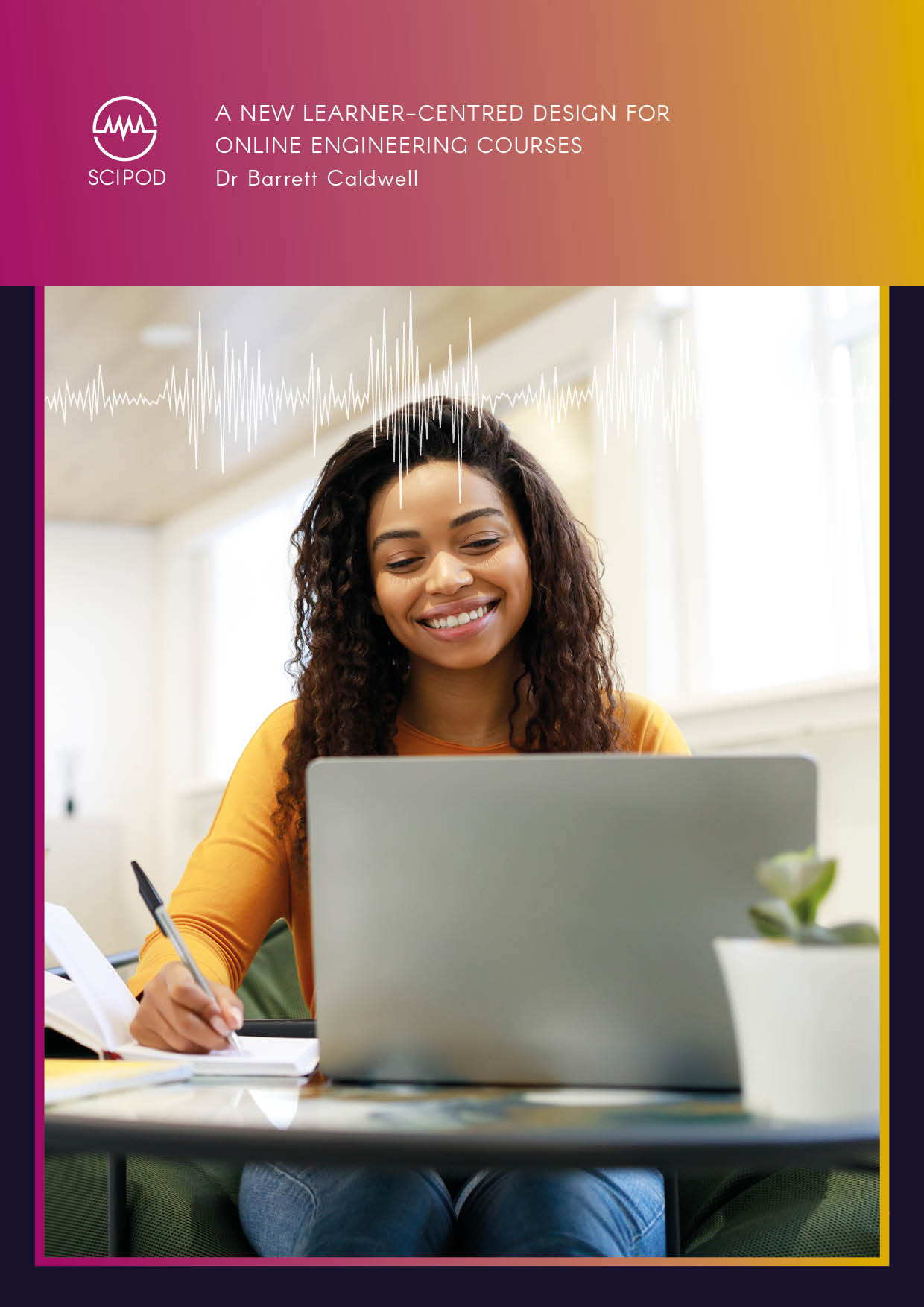
Dr Barrett Caldwell | A New Learner-Centred Design for Online Engineering Courses
The COVID-19 pandemic forced many universities to deliver their courses online, exposing the limitations of remote learning strategies. Dr Barrett Caldwell and his team at Purdue University devised a new approach that could help to improve online courses in different engineering subjects. The approach builds on his experience while teaching and developing the ‘Perspectives on Systems Engineering’ course, which is part of the curriculum for the Systems Engineering program at Purdue University.
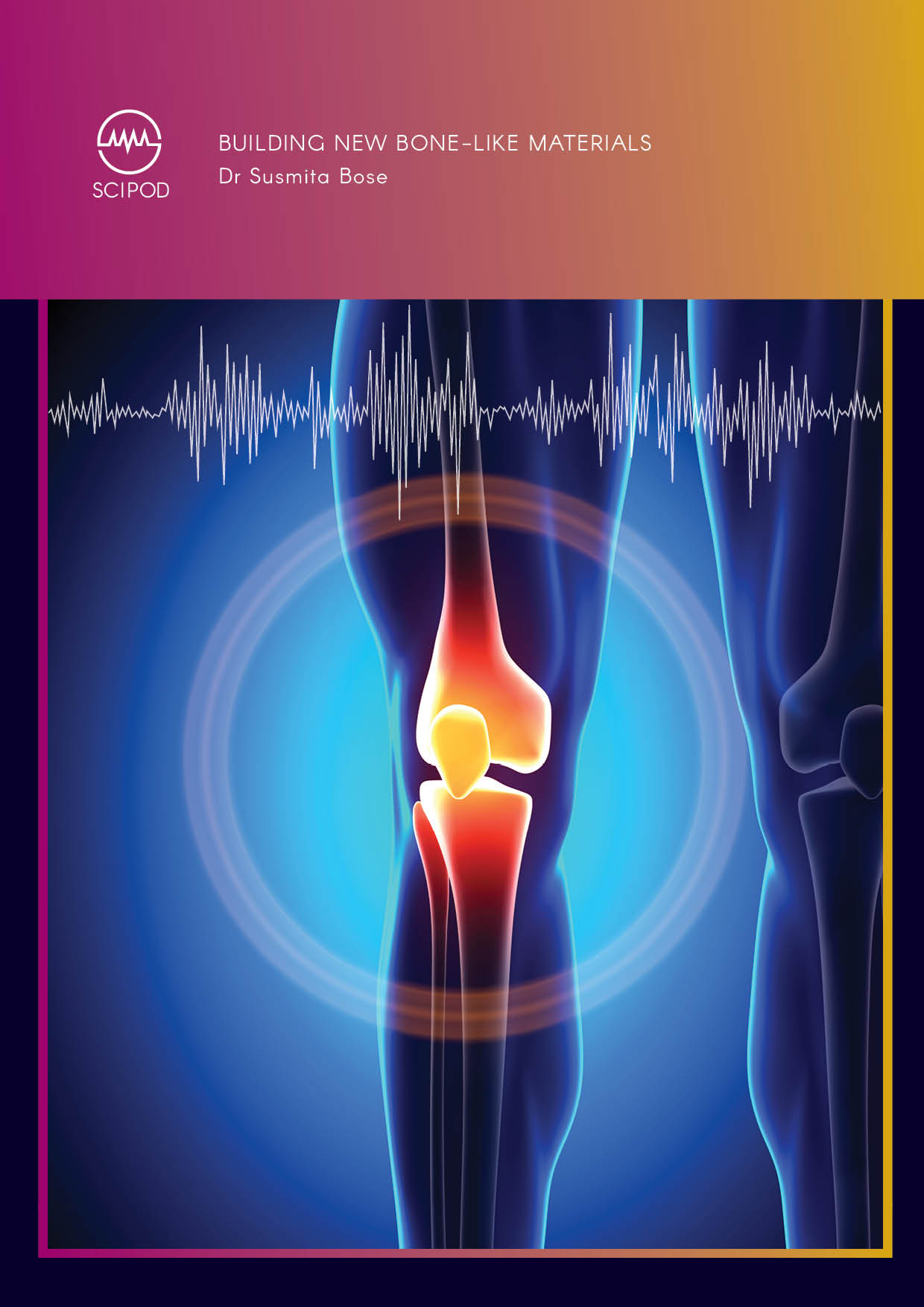
Dr Susmita Bose | 3D Printed Bone-like Materials for Delivering Natural Medicine
Some of the greatest advances in medical history have revolved around the creation of new materials that can replace damaged tissues in the body. Today, many researchers focus on creating materials that can replace damaged bone tissue, which often cannot heal naturally. Dr Susmita Bose and her team at Washington State University have been researching ways to engineer exciting new materials that mimic the structure of natural bone, allowing us to live happier, healthier, and longer lives.

Dr Alan Litchfield | Jeff Herbert – ReSOLV: Preventing Software Piracy with Cryptocurrency Blockchain Technology
Software piracy is a large and growing problem. The methods used to combat it are becoming increasingly complex as technology evolves, costing software publishers and users billions of dollars each year. Dr Alan Litchfield from the Auckland University of Technology and Jeff Herbert from Cybercraft, New Zealand, have developed a new method to suppress software piracy. In a recent paper, they present ReSOLV – a method for software validation based on cryptocurrency blockchain technology.
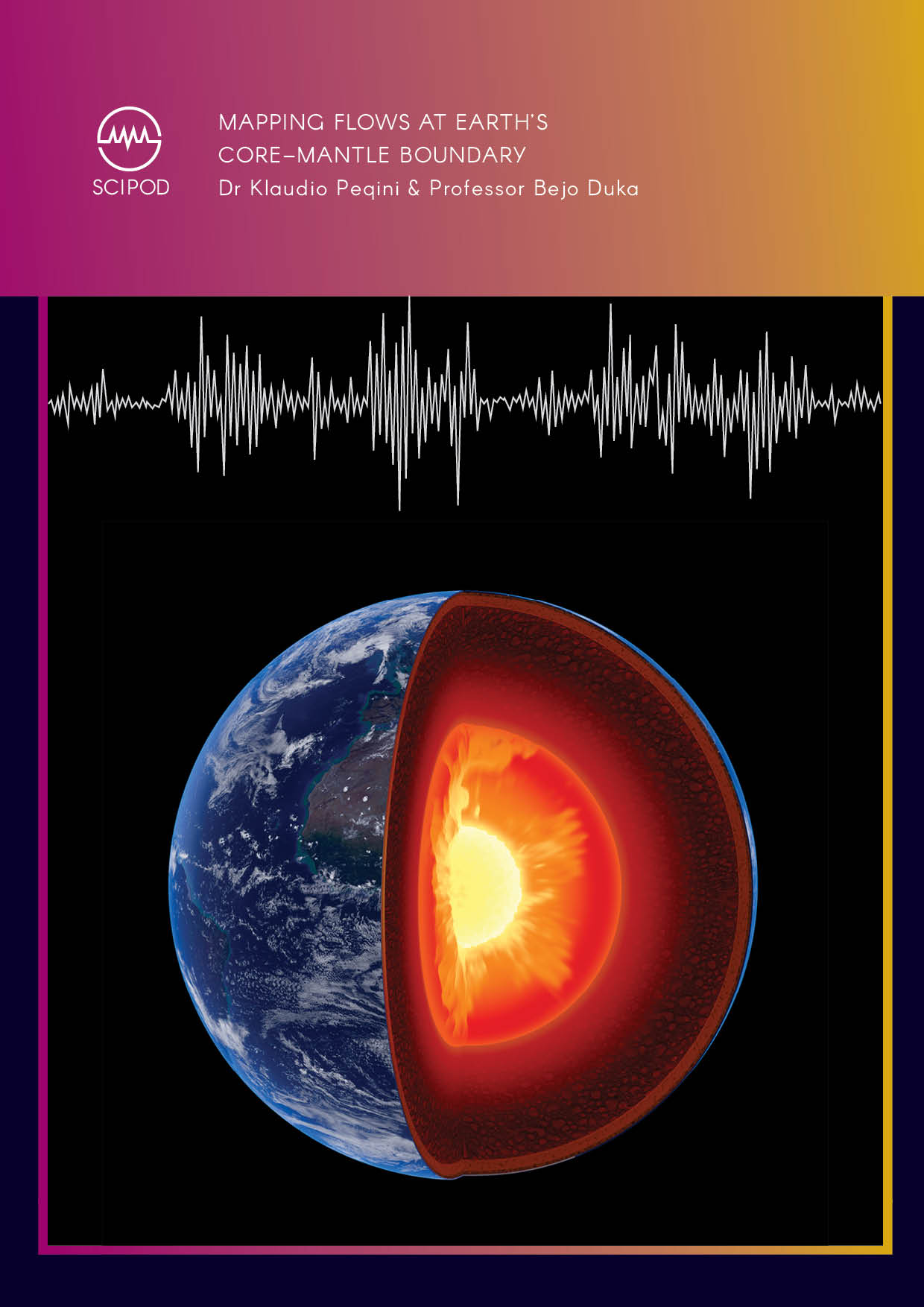
Dr Klaudio Peqini | Professor Bejo Duka – Mapping Flows at Earth’s Core–Mantle Boundary
The magnetic field that enshrouds Earth is generated by processes deep within the planet’s interior, which geologists still don’t fully understand. Among the effects that remain poorly studied are brief variations in the strength of the magnetic field, which occur over timescales of several decades. Through detailed mathematical analysis, Dr Klaudio Peqini and Professor Bejo Duka, both at the University of Tirana in Albania, explore how these variations could arise from changes in the flows of material at the boundary between Earth’s core, and its thick layer of mantle.
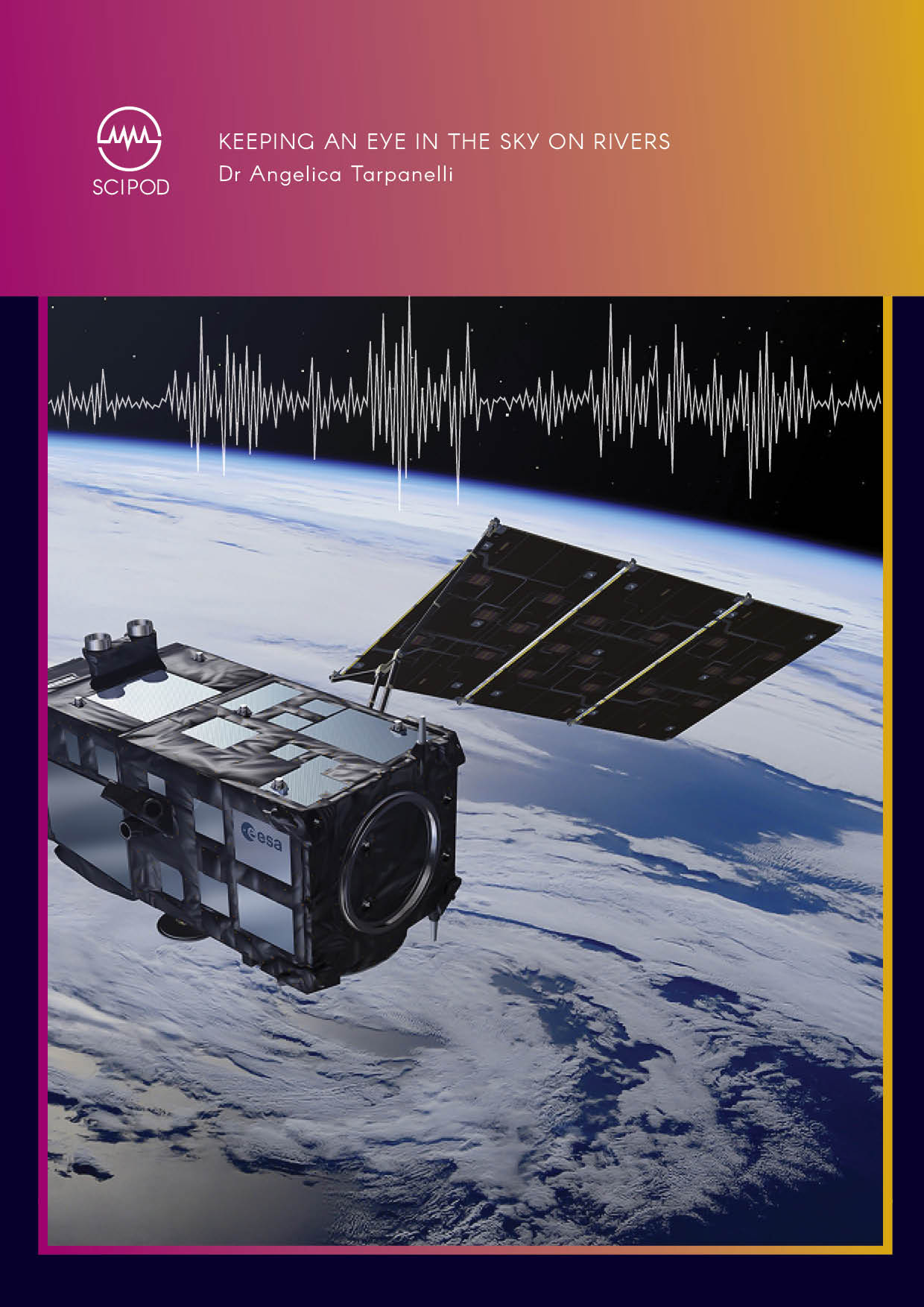
Dr Angelica Tarpanelli | Keeping an Eye in the Sky on Rivers
Across the globe, climate change is driving extreme weather events, such as floods and droughts, with increasing frequency, duration, and intensity. Accurately assessing the flow of water through rivers – or river discharge – could help us forecast extreme weather events and prevent loss of life. Sensors onboard satellites could provide more accurate and in-depth measurements of river variables than ever before. As part of the RIDESAT project, funded by the European Space Agency, Dr Angelica Tarpanelli and her team of researchers from Italy and Denmark investigate how combining remote sensing data from satellites could support river discharge assessments.
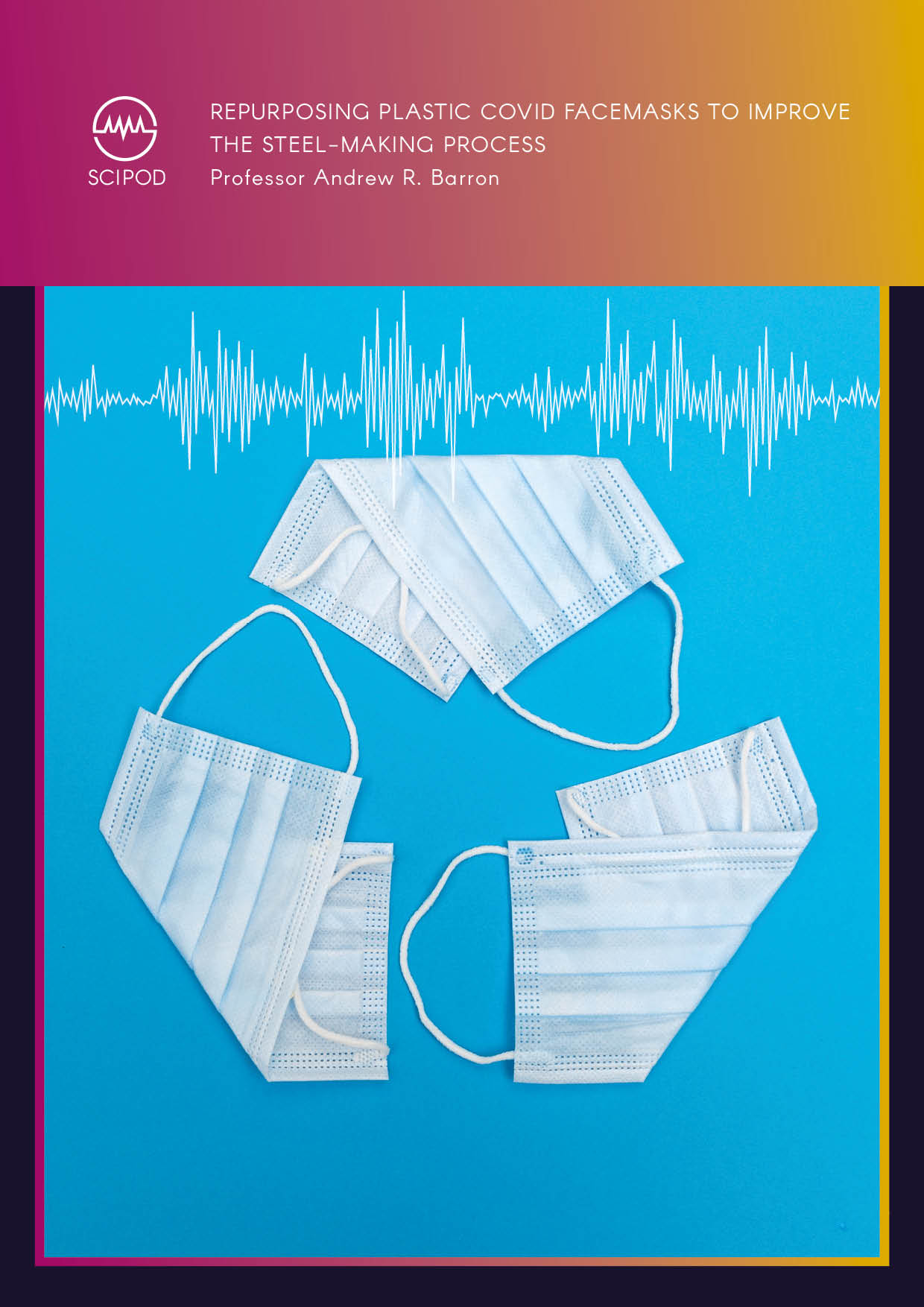
Professor Andrew R. Barron | Repurposing Plastic COVID Facemasks to Improve the Steel-Making Process
Since the beginning of the COVID-19 pandemic, billions of plastic facemasks have been used and disposed of, with the majority destined for landfill. Professor Andrew R. Barron and his team at the Energy Safety Research Institute in Swansea, Wales, have developed an innovative method for repurposing these used facemasks. By transforming them into a powdered material that acts as a reducing agent, Professor Barron’s team aim to make the steel-making process more energy-efficient and sustainable.
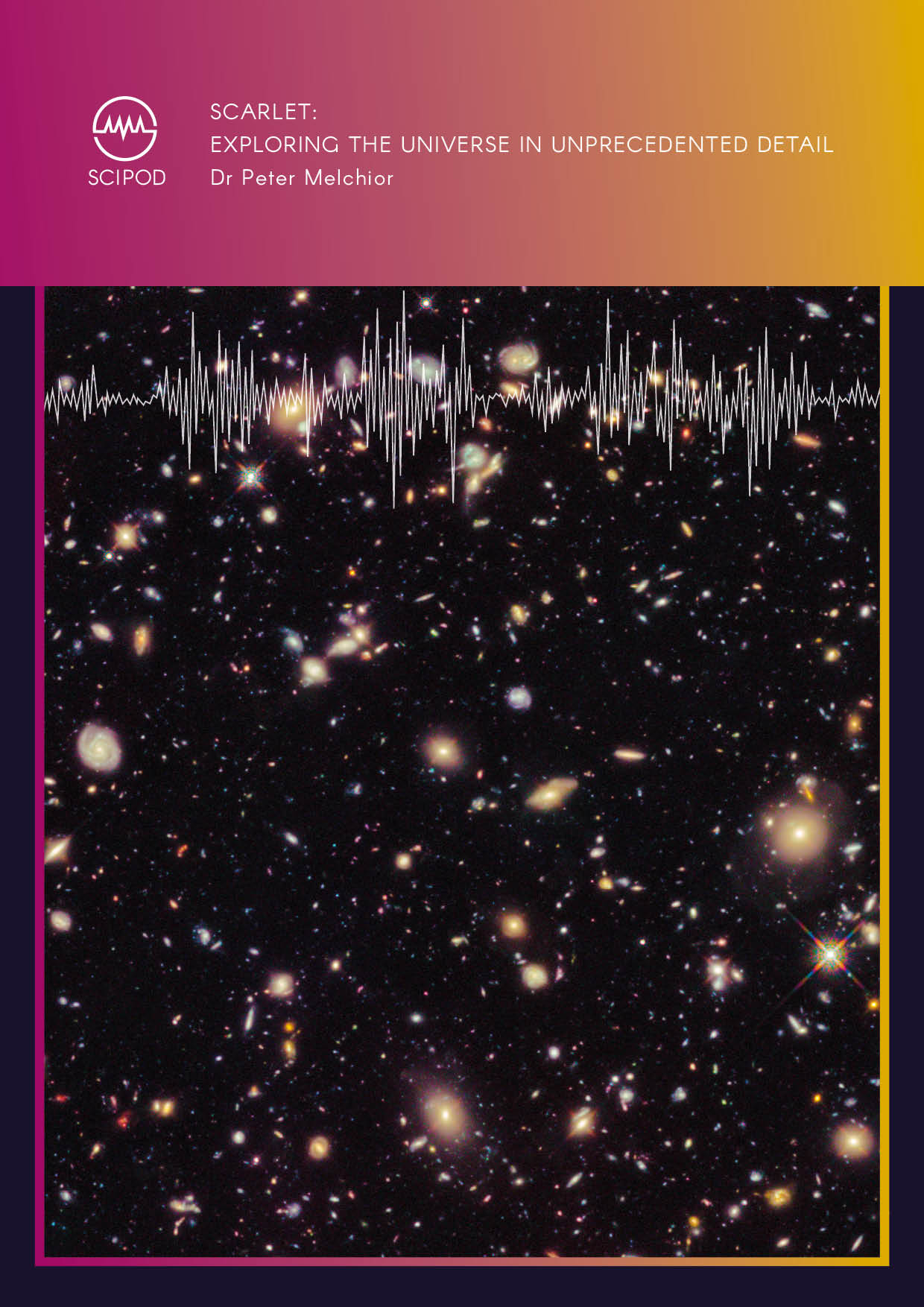
Dr Peter Melchior | SCARLET: Exploring the Universe in Unprecedented Detail
Wide-area scans of the sky are an important tool for astronomers as they seek to learn more about the universe. However, as the latest observation techniques have become increasingly sensitive, faint objects within these surveys can appear to blend together. Through his research, Dr Peter Melchior at Princeton University presents a computer-based framework for disentangling these blended sources, and for artificially reconstructing the components they contain. Named SCARLET, the technique could soon help astronomers to study the depths of the observable universe in unprecedented levels of detail.
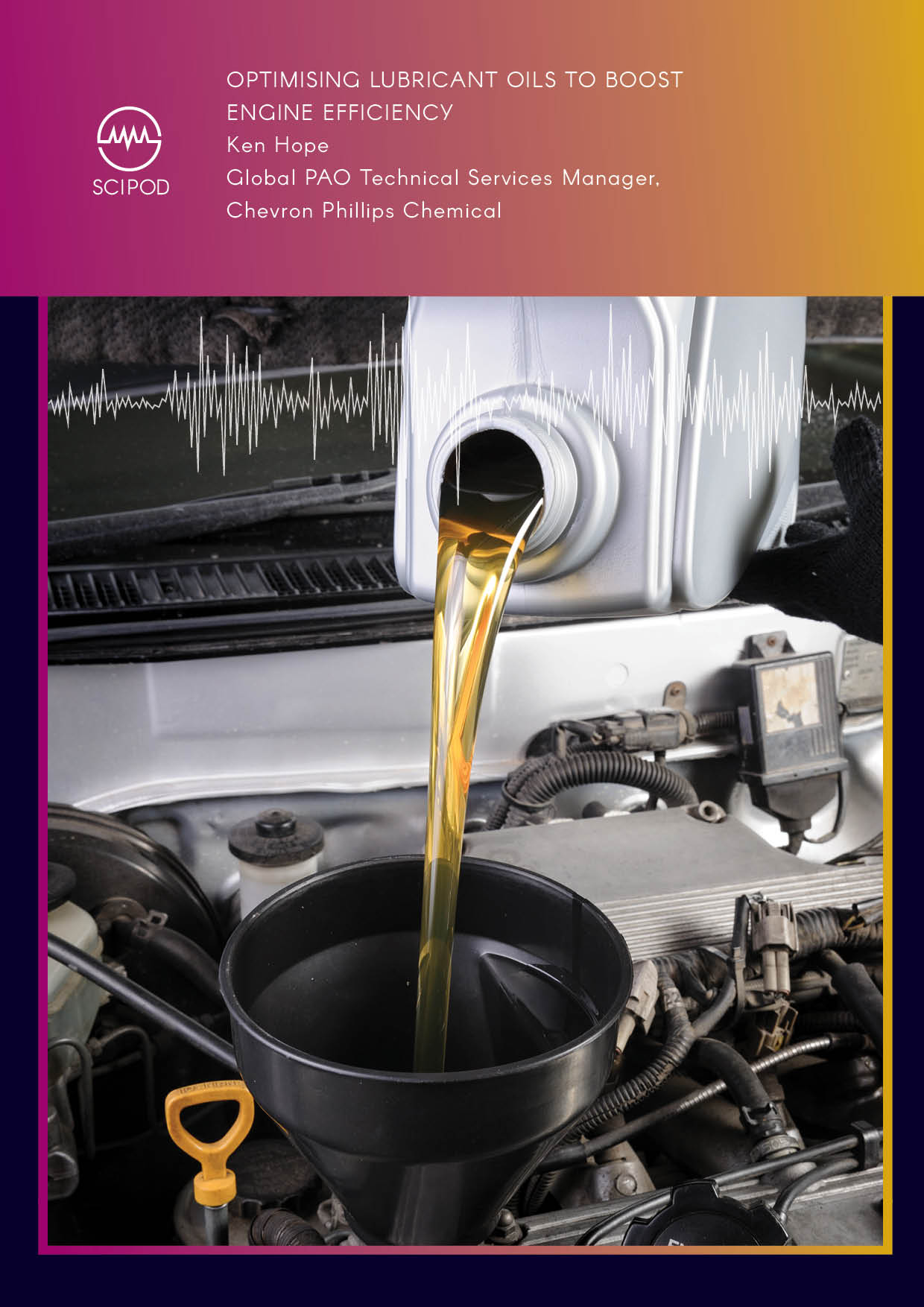
Optimising Lubricant Oils to Boost Engine Efficiency | Ken Hope
The engine of a typical passenger vehicle is made up of hundreds of mechanical parts. These parts require lubrication to prevent them from overheating and to keep them working efficiently. Ken Hope and his team at Chevron Phillips Chemical, headquartered in Texas, have analysed the extent to which different types of lubricant oils reduce friction. They then used this data to estimate how an optimised oil mixture can achieve an overall improvement in engine efficiency.
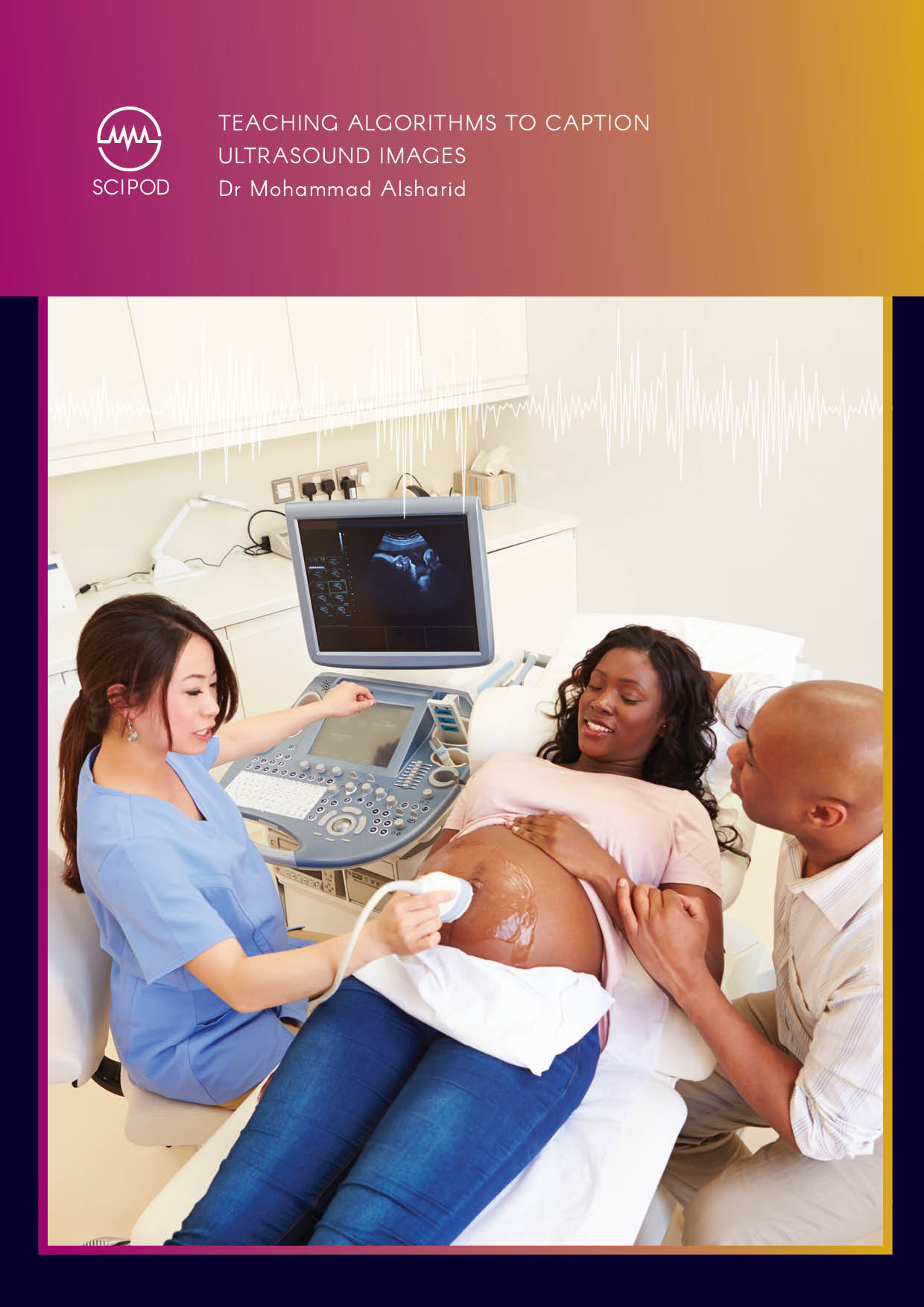
Teaching Algorithms to Caption Ultrasound Images | Dr Mohammad Alsharid
Medical professionals require years of training before they can describe ultrasound images of developing foetuses. Dr Mohammad Alsharid and colleagues from the Institute of Biomedical Engineering and Nuffield Department of Women’s and Reproductive Health at the University of Oxford suggest that this task could one day be carried out by machine learning algorithms. In their latest study, the team showed how neural networks, trained by the expert knowledge of real sonographers, could convert subtle features within the images into accurate, readable captions.
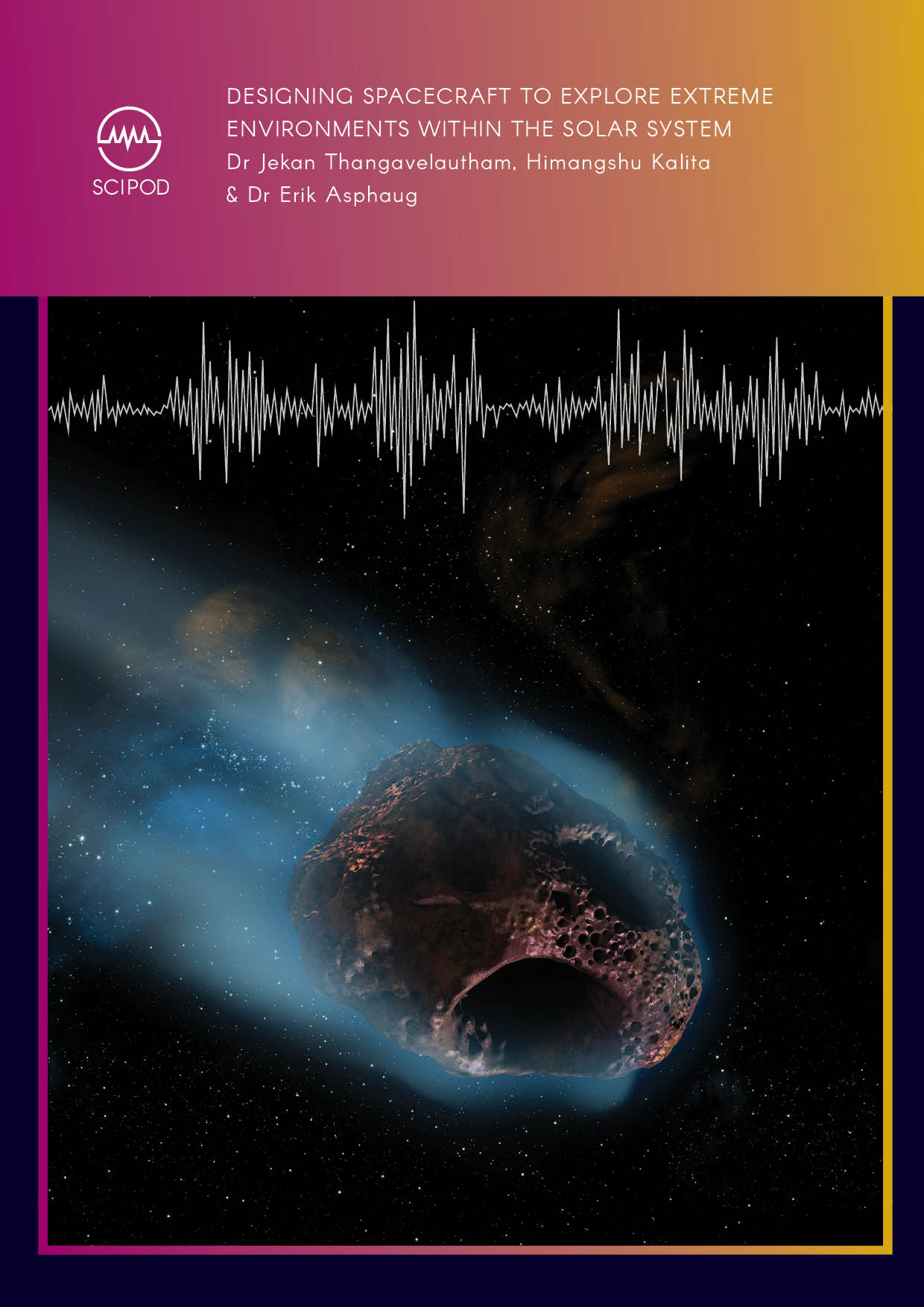
Designing Spacecraft to Explore Extreme Environments Within the Solar System | Dr Jekan Thanga
In the next few decades, upcoming technological advances will offer unprecedented opportunities to explore the solar system – both with autonomous robots, and through manned missions. Dr Jekan Thanga and the Space and Terrestrial Robotic Exploration (SpaceTREx) Laboratory at University of Arizona are at the forefront of efforts to design miniature spacecraft that will allow us to reach these distant worlds, and navigate their rugged, unfamiliar terrains. In the future, his team’s research could pave the way for the establishment of long-term, off-world human settlements, and the discovery of life in extreme, yet potentially habitable environments.
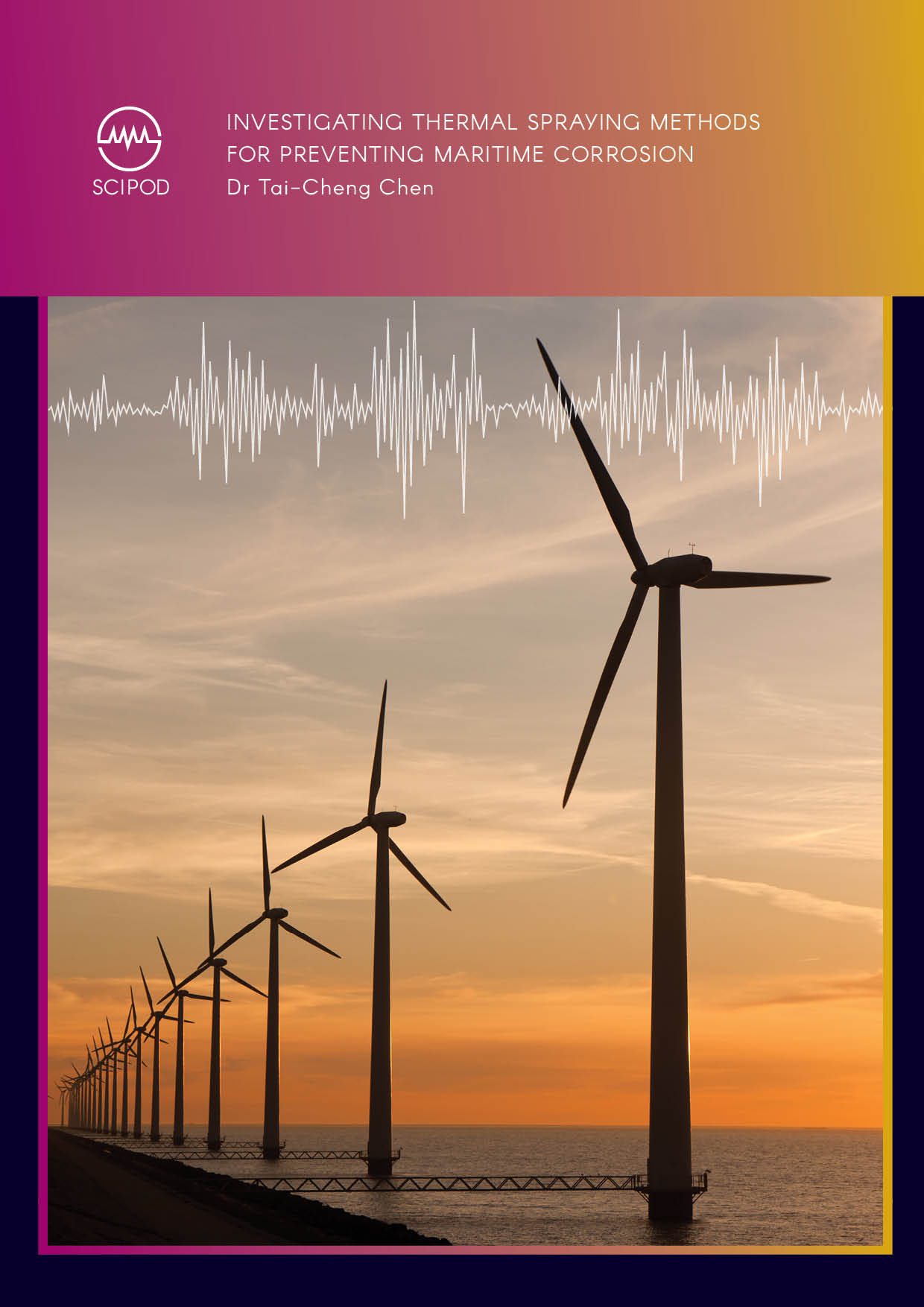
Dr Tai-Cheng Chen – Investigating Thermal Spraying Methods for Preventing Maritime Corrosion
Every year, the combined effects of corrosion and wear cause a huge amount of damage to coastal and offshore machinery, incurring huge costs for repair and maintenance. While there are various types of coating that offer protection from wear and corrosion, the way in which that they are applied can massively impact their effectiveness. Dr Tai-Cheng Chen and his team at the Institute of Nuclear Energy Research, Taiwan, have been analysing these methods, in order to determine the best way to protect maritime infrastructure.
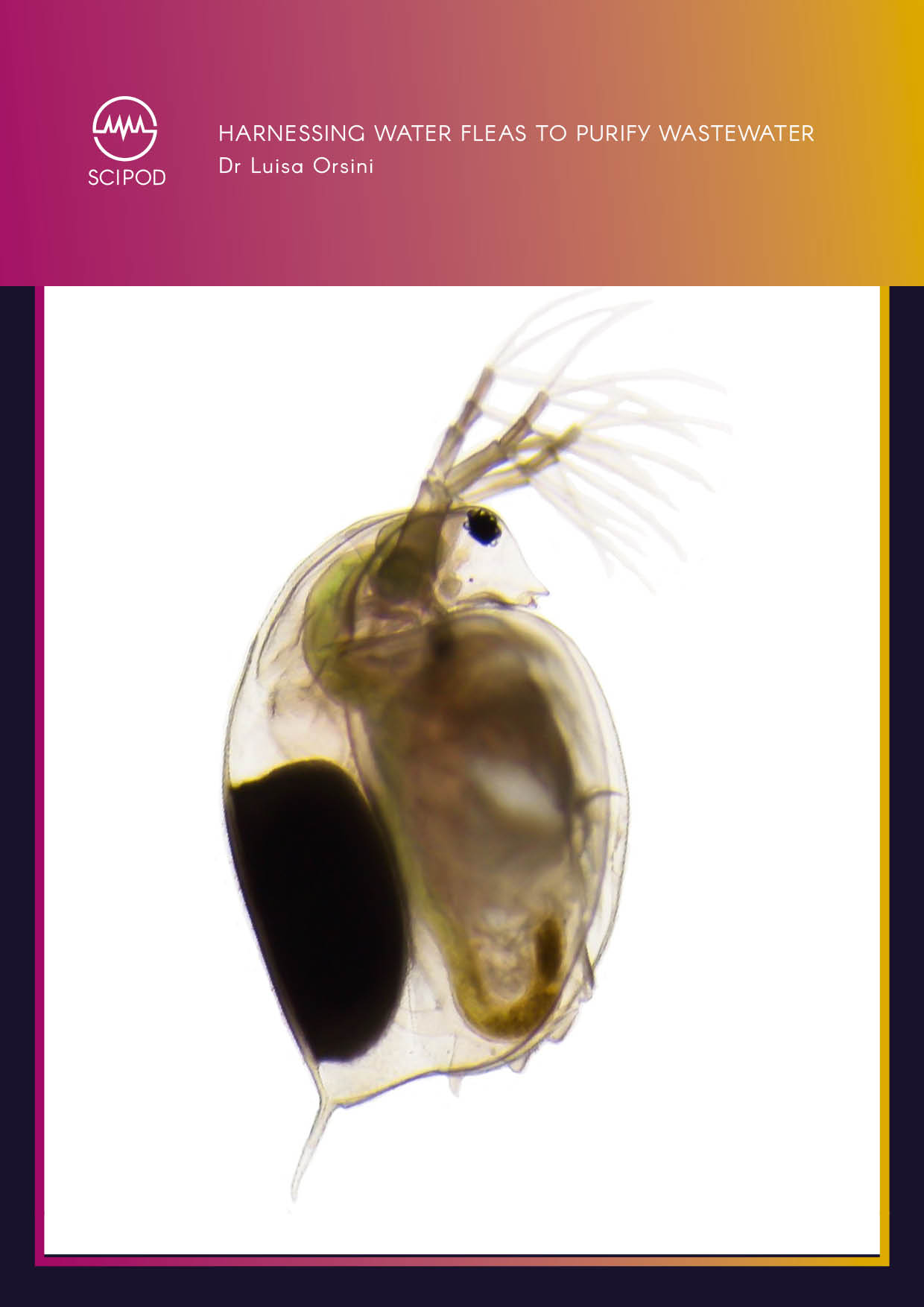
Harnessing Water Fleas to Purify Wastewater
Water-treatment processes are essential for water reuse in municipal, agricultural and industrial applications. Wastewater treatment ensures our safety and prevents sickness and death from parasites and contaminants every year. However, certain chemical contaminants, such as pharmaceuticals and pesticides, are difficult to remove from water, and can accumulate in the food web, eventually entering our food supply and potentially causing adverse health outcomes. Dr Luisa Orsini [Loo-ee-sah Oar-see-nee] and her colleagues at Daphne Water Solutions Ltd have developed a cutting-edge water-bioremediation technology, which is based on the use of small aquatic invertebrates called water fleas. By removing harmful contaminants from water, the sustainable and eco-friendly technology enables water reuse, while protecting human health and the environment.
Increase The Impact Of Your Research!
Explore partnership opportunities
Stay Up To Date With SciPod
Subscribe to receive our latest SciPods straight to your mailbox
